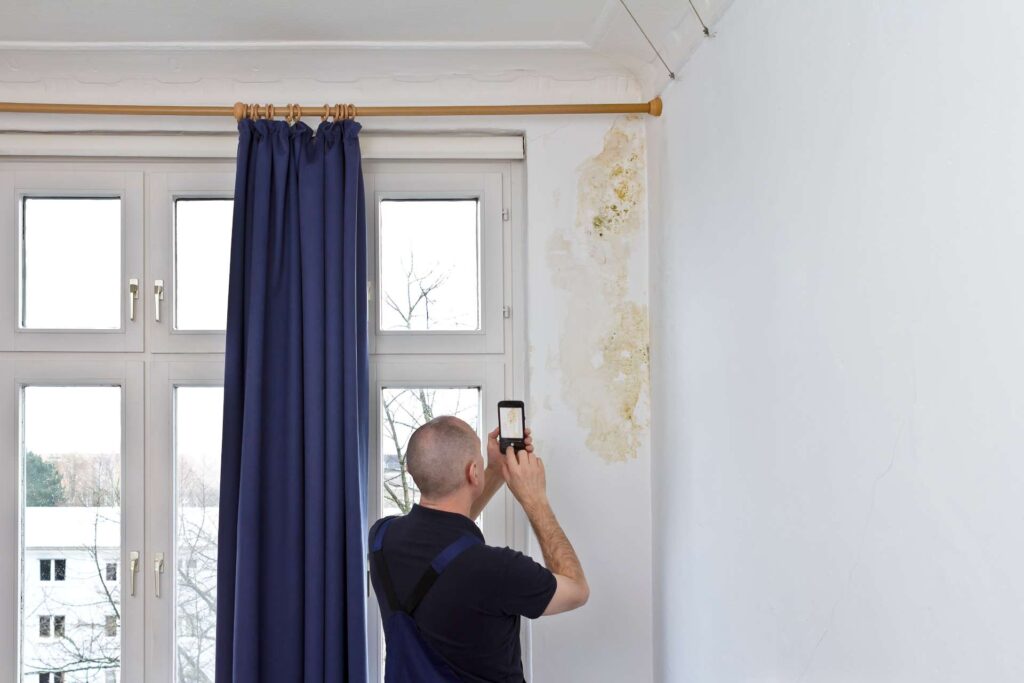Buying your first home is exciting, but it can also be stressful, particularly when it comes to spotting potential problems that could turn your dream home into a nightmare. One crucial step many first-time buyers often overlook or misunderstand is the home survey.
So, do you really need one? The simple answer is yes, but there’s more to it. Here’s a detailed guide on why a home survey is essential and how you can combine personal checks with professional assessments for complete peace of mind.

What exactly is a home survey?
A home survey is a professional inspection carried out by a qualified surveyor, typically registered with the Royal Institution of Chartered Surveyors (RICS) in the UK. The survey assesses the condition of the property, identifies defects, and highlights issues that could affect its value or require costly repairs.
Common types of some surveys
Understanding the type of surveys available will help you choose the right one:
- RICS Home Survey – Level 1 (Condition Report)
- The most basic type, offering a concise overview of the property’s condition.
- Ideal for newer homes or apartments with minimal expected defects.
- RICS Home Survey – Level 2 (HomeBuyer Report)
- More detailed, highlighting structural problems like damp, subsidence, and roofing issues.
- Recommended for homes built within the last 100 years.
- RICS Home Survey – Level 3 (Building Survey)
- The most thorough survey, suitable for older or unusual properties.
- Essential if you’re considering a significant renovation or if the home is particularly old or complex.
Why personal checks during viewings are crucial
While professional surveys are essential, it’s also vital that you, as the buyer, know what to look out for during property viewings. By identifying potential issues early, you can avoid investing time and money into properties with serious hidden defects. Common signs to look for include:
- Damp or mould patches on walls and ceilings
- Cracks in the walls (particularly those wider than the thickness of a 10p coin)
- Strange odours or signs of pests
- Water damage, peeling paint, or wallpaper
- Sagging or uneven floors
- Evidence of poor maintenance like broken fixtures or fittings
- Signs of subsidence, such as uneven floors or leaning walls
- Checking doors and windows for easy opening and closing
Leveraging technology: the role of AI in home surveys
Spotting defects during a viewing isn’t always straightforward, especially if you’re inexperienced. This is where new technology, such as our app usurv.ai, can be incredibly beneficial. Our app uses advanced visual recognition technology to analyse photos of the property taken during viewings. It provides immediate feedback by identifying visible issues, categorising them by severity, and offering an overall property health score.
Using an AI-driven pre-check means you get early insights into potential problems, allowing you to make informed decisions before committing to costly next steps.
Combining DIY checks with a professional survey
While DIY checks and AI-powered tools are excellent for initial assessments, they don’t replace a professional home survey, they complement it. Professional surveyors have the expertise and tools to identify hidden and structural problems invisible to the untrained eye.
Here’s our recommended two-step approach:
- Step 1: Viewing Stage Checks
- Use your own observations and an AI-powered pre-check tool like usurv.ai during viewings.
- Immediately gain insights about major visible defects.
- Step 2: Professional Home Survey
- Once you’ve shortlisted a property, commission a professional survey appropriate to its age and complexity.
- Get a thorough, in-depth report on both visible and hidden issues.
Potential risks of skipping a professional survey
Some buyers, especially first-timers, consider skipping professional surveys to save money. However, the cost of overlooking serious structural problems often far exceeds the survey fee itself. Issues like subsidence, severe damp, electrical faults, or serious roofing defects can lead to thousands of pounds in repairs.
A home survey provides you with a powerful bargaining tool when negotiating the property’s price, ensuring you don’t overpay for a property needing significant repairs.
Additional specialist checks
Depending on the initial findings from your personal checks and professional surveys, you might need further specialist inspections. These can include:
- Damp and Timber Reports: Essential if initial surveys indicate potential issues with damp or wood rot.
- Electrical Safety Checks: To ensure the electrical systems comply with current safety standards.
- Structural Engineer’s Reports: Recommended if there are significant concerns about the building’s structural integrity or foundation.
- Roofing Inspections: Detailed assessments of roofing conditions to preemptively manage expensive repair costs.
Questions to ask your surveyor
When commissioning a survey, asking the right questions ensures you get the most value. Consider asking:
- What exactly does your survey cover?
- Will the report include recommendations for repairs and associated cost estimates?
- How long will it take to get the report?
- Can you explain significant findings to me clearly?
Conclusion: why you should do both
Ultimately, both DIY checks and professional surveys play essential roles in your home-buying journey. Combining personal vigilance and innovative technology, like usurv.ai, with professional expertise provides the most comprehensive protection against costly surprises.
As first-time buyers, knowledge is power, and thorough assessments at each stage ensure your first step onto the property ladder is a confident and informed one. Being proactive, leveraging technology, and embracing professional advice will help make your property purchase a smart and rewarding decision.